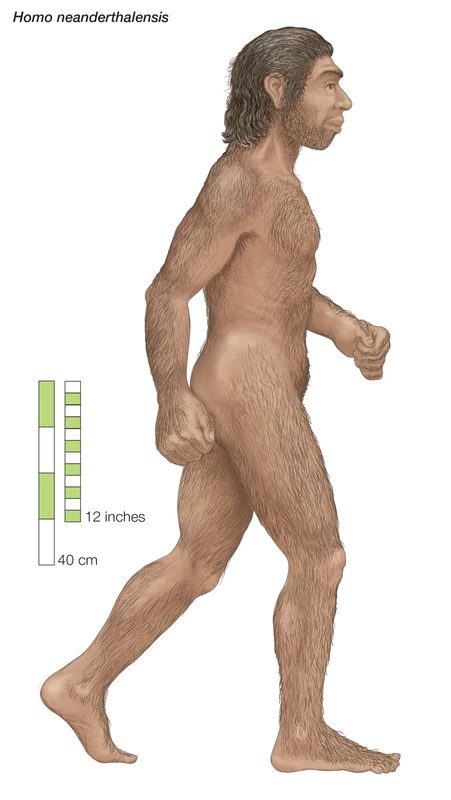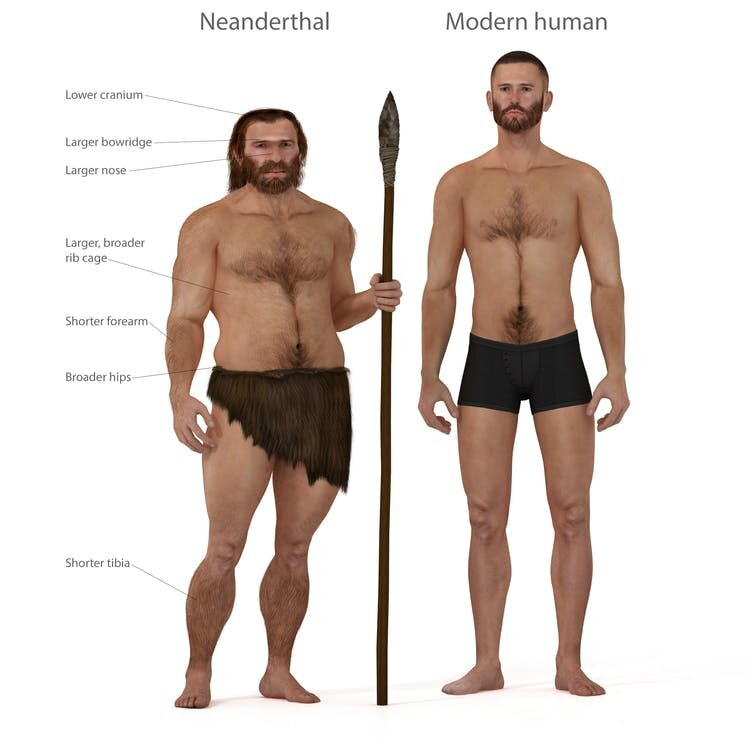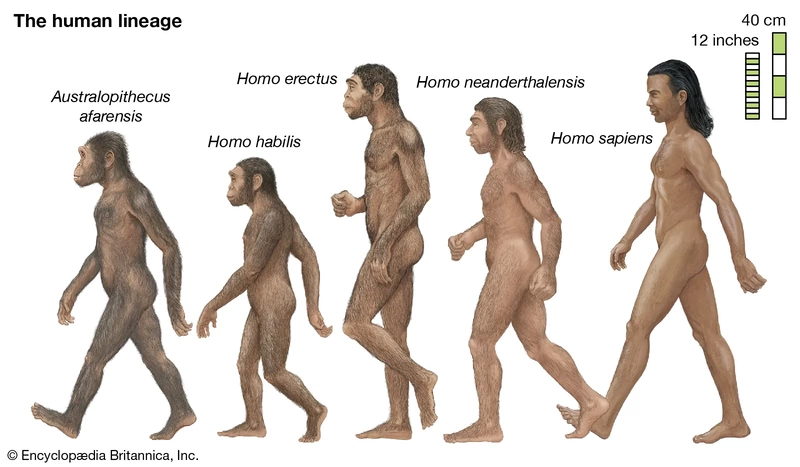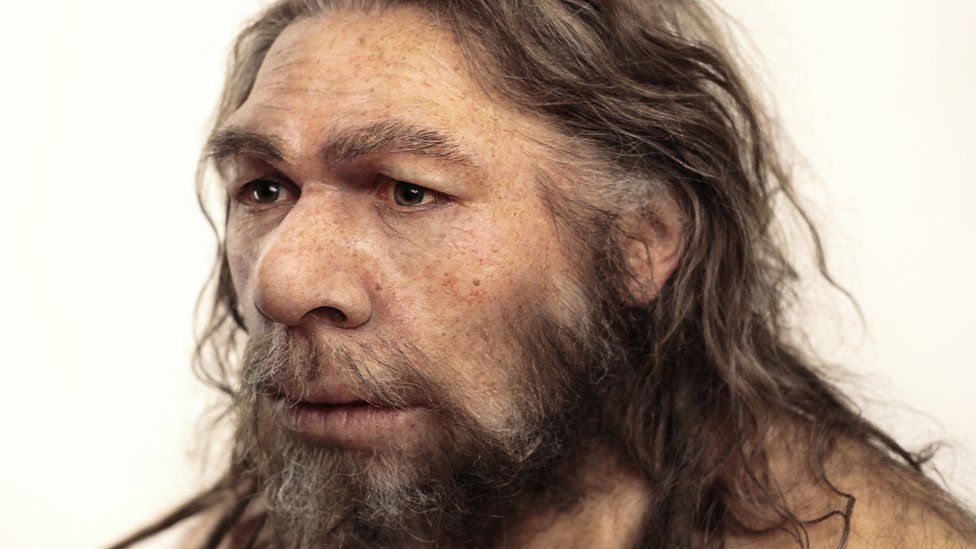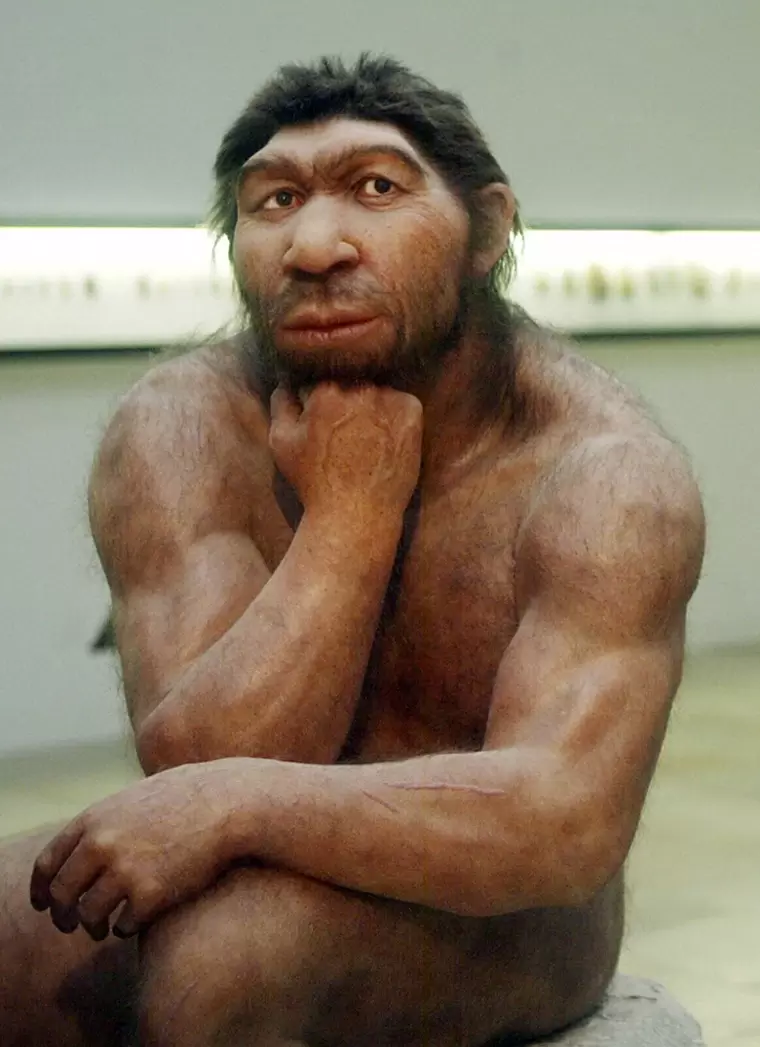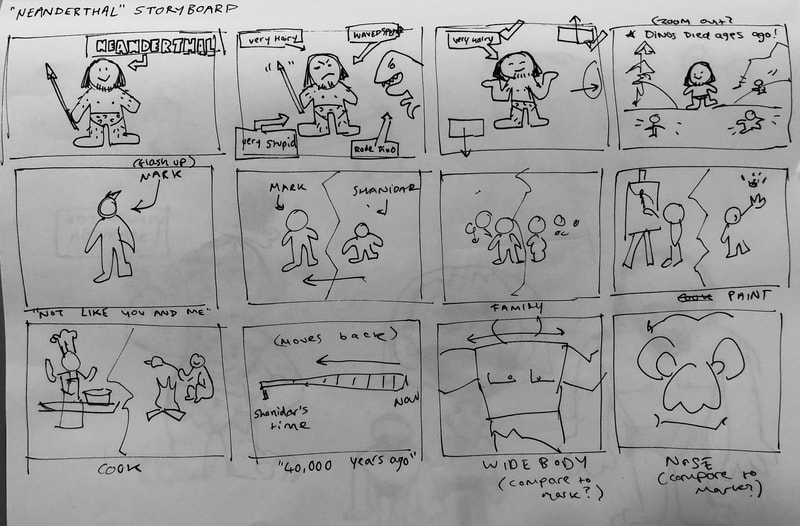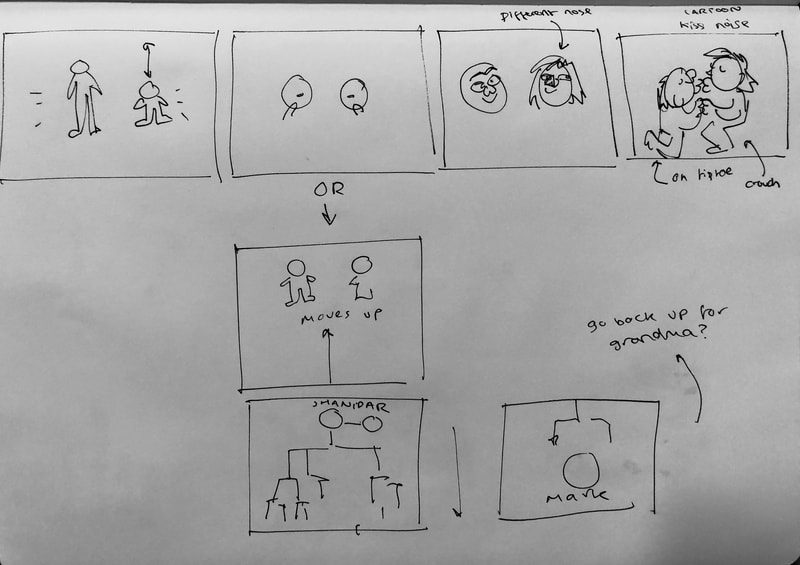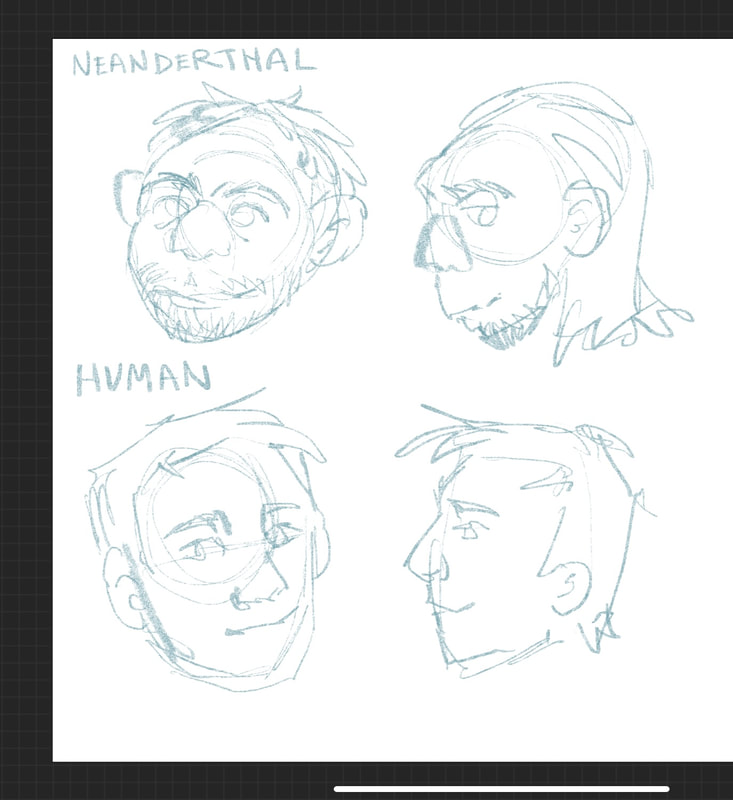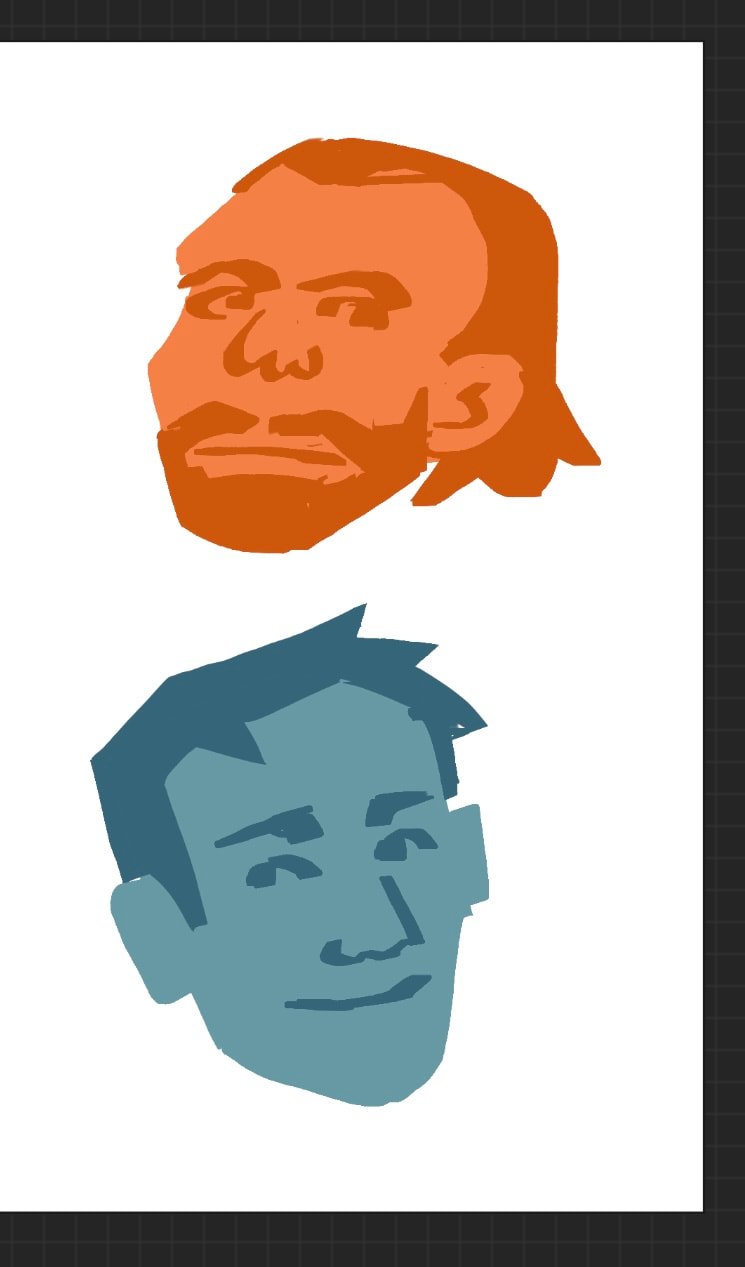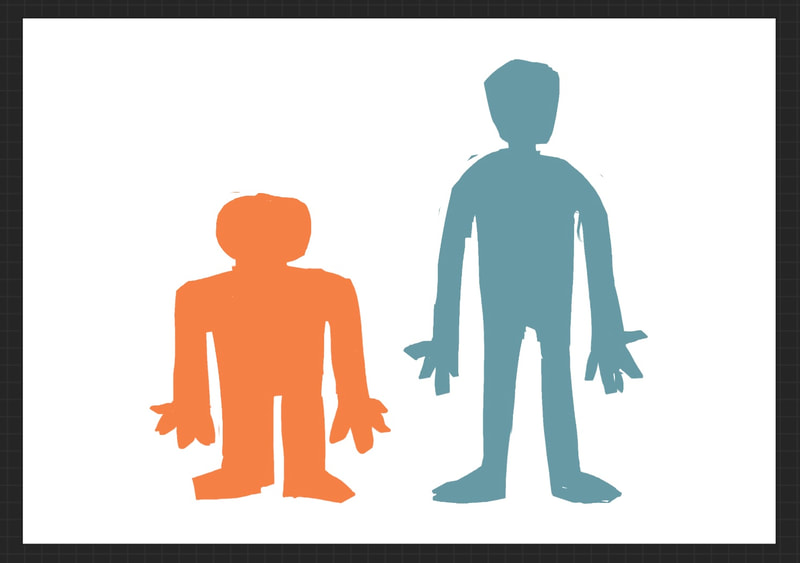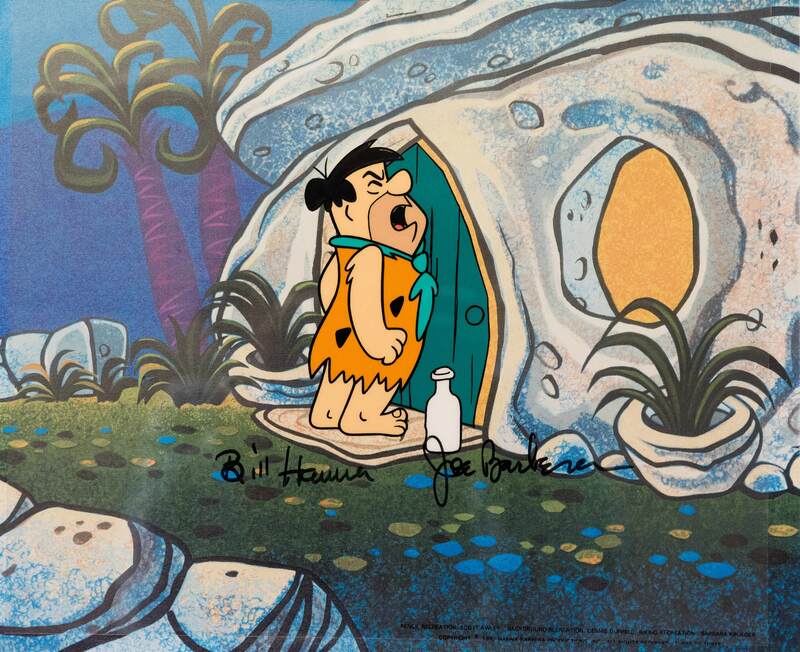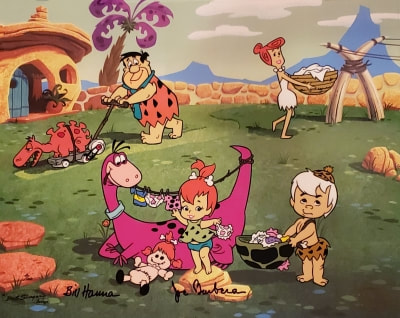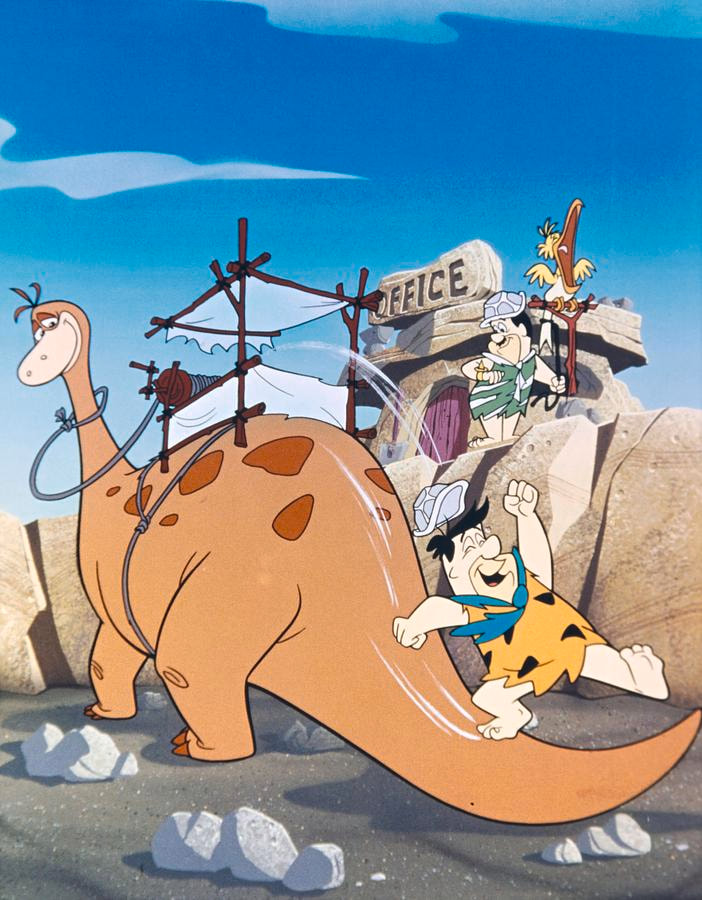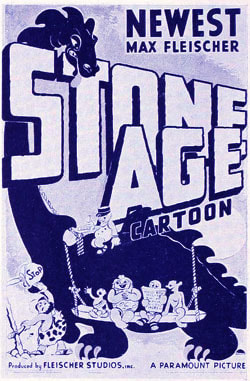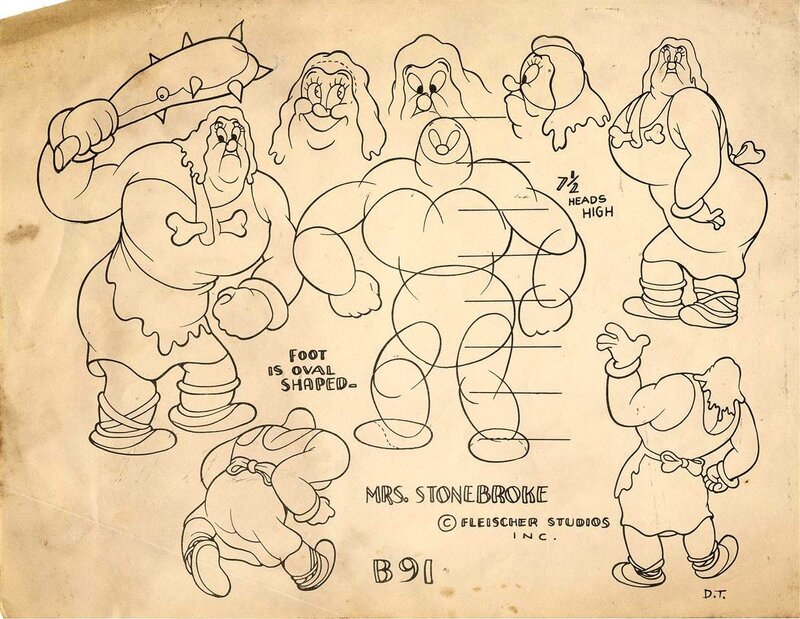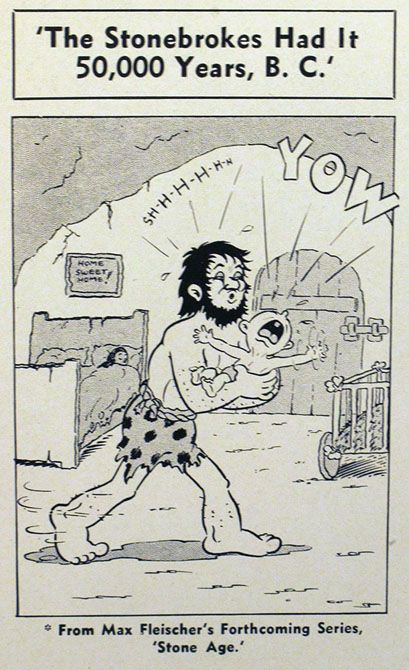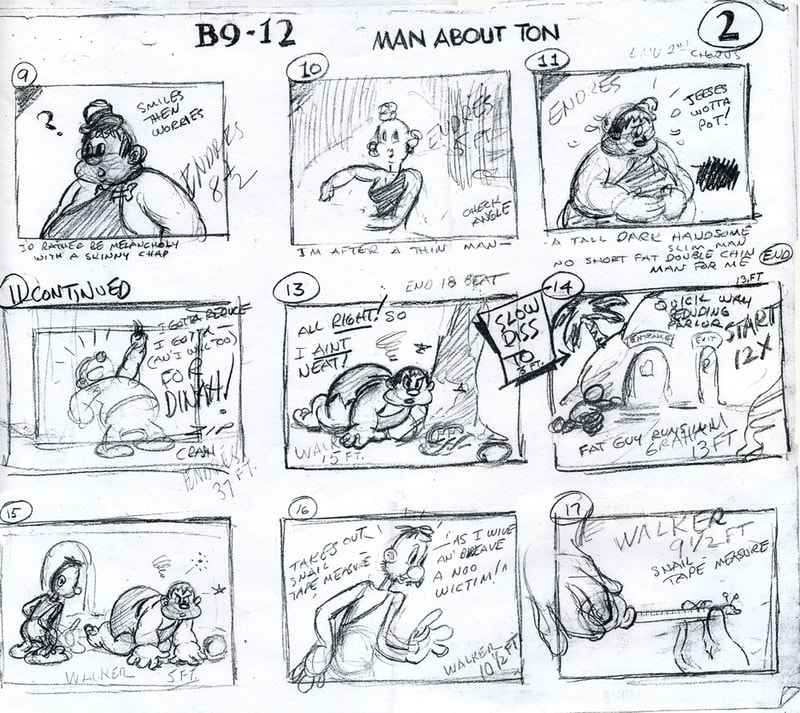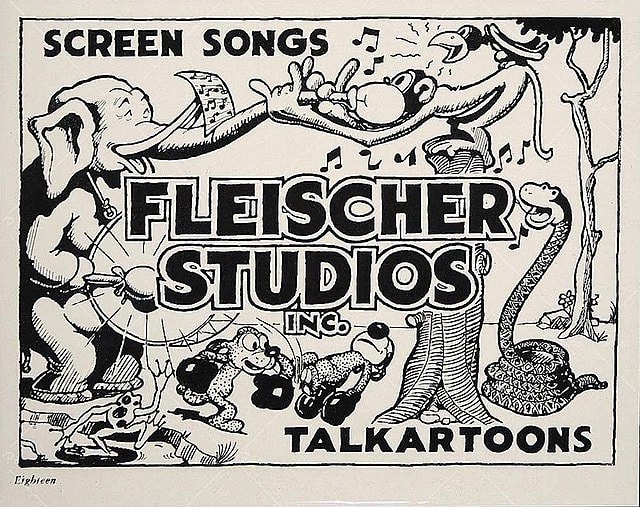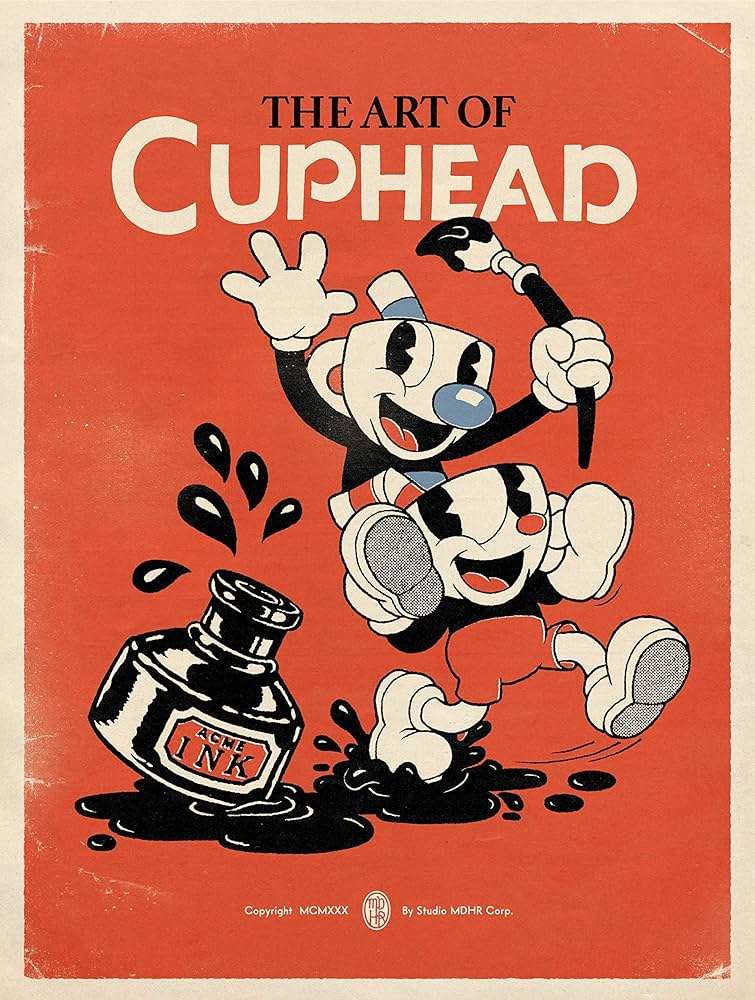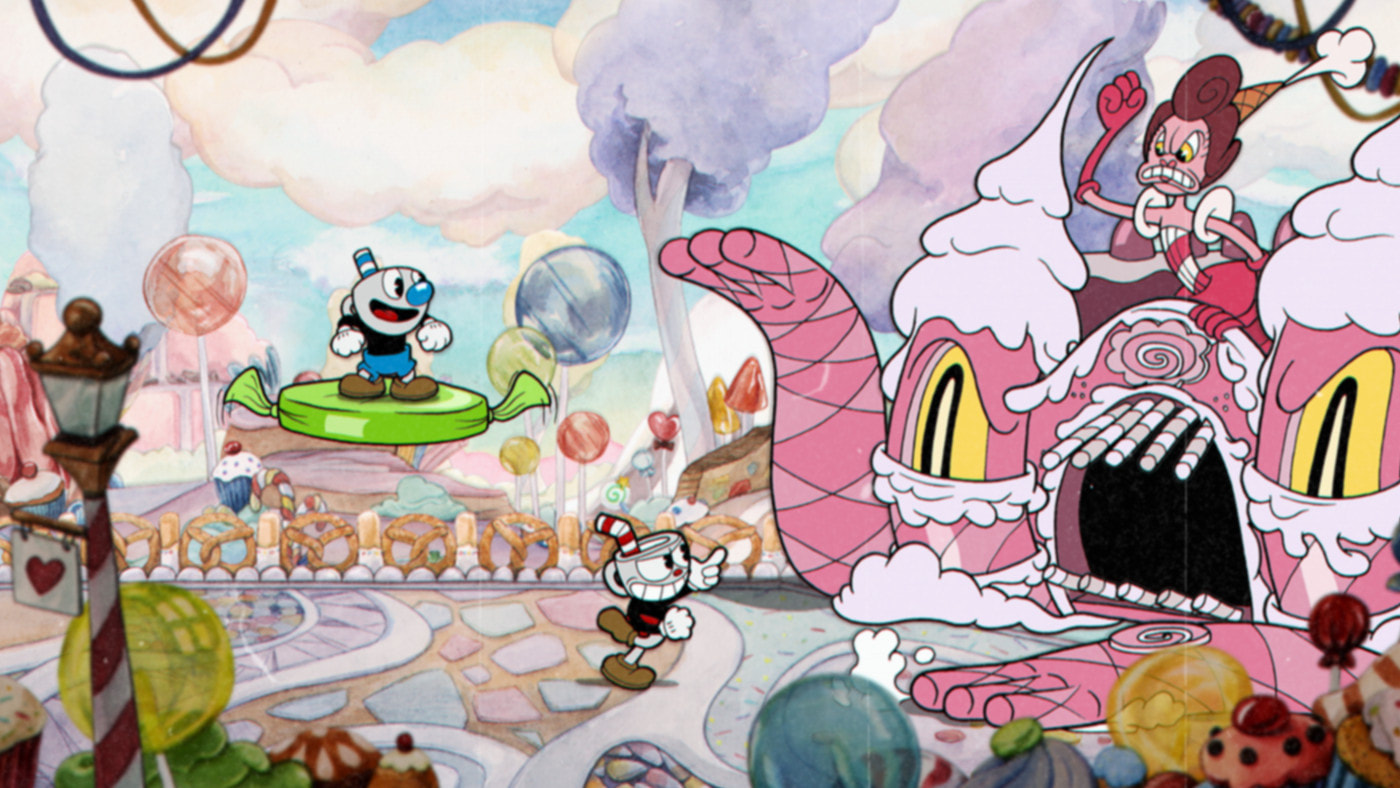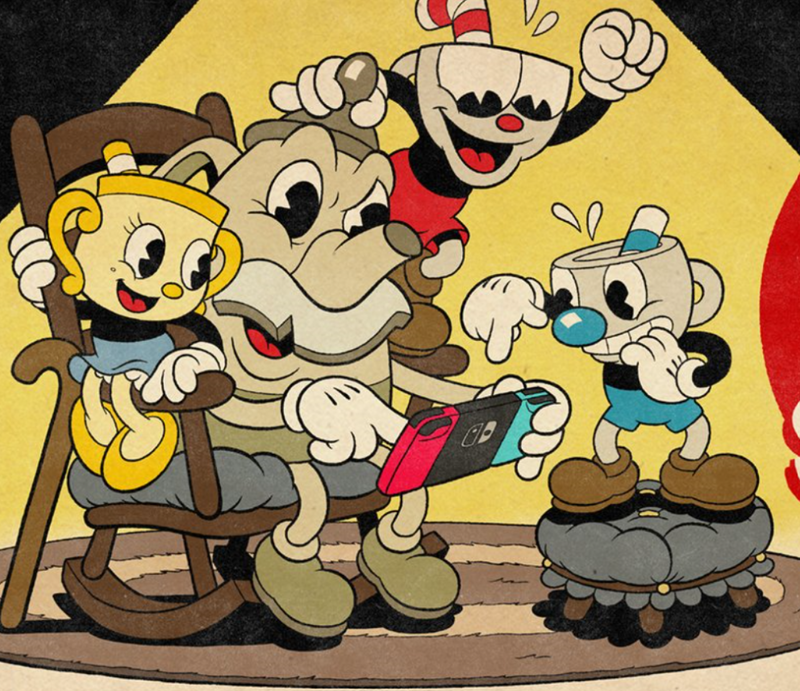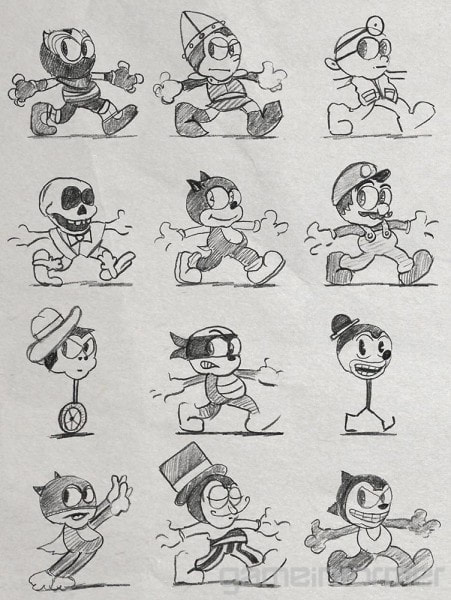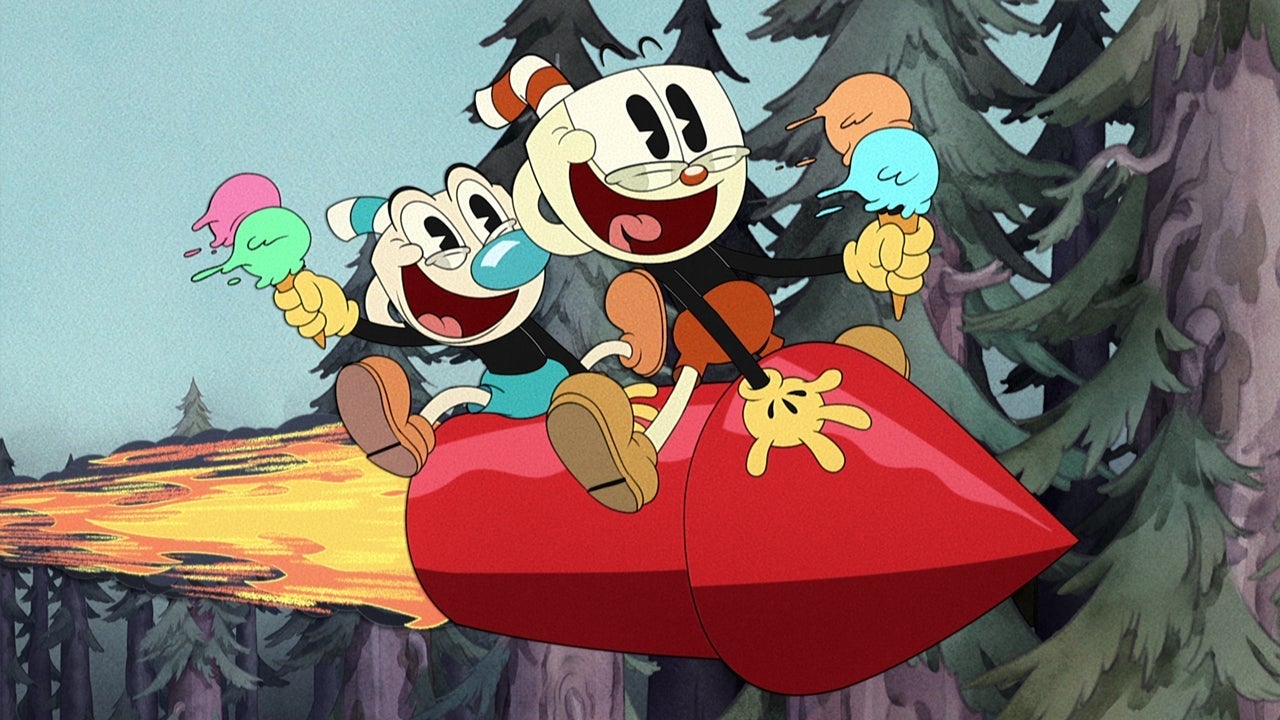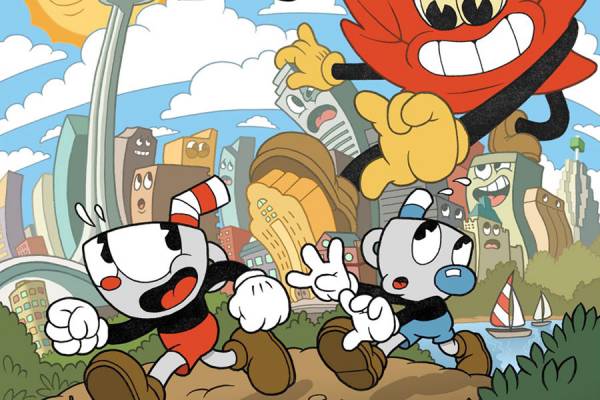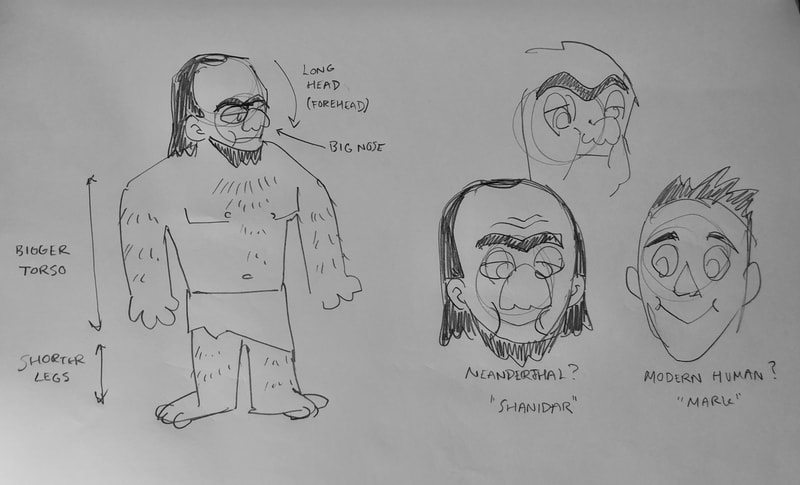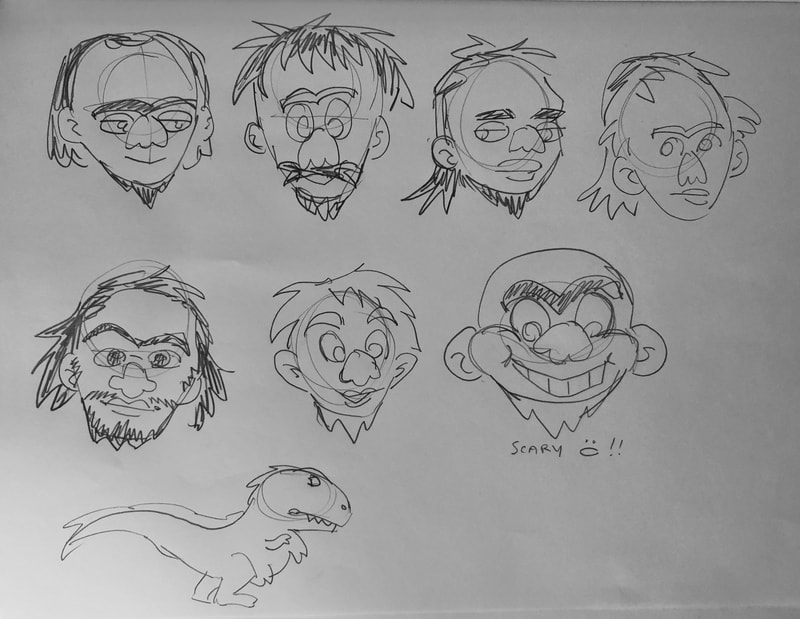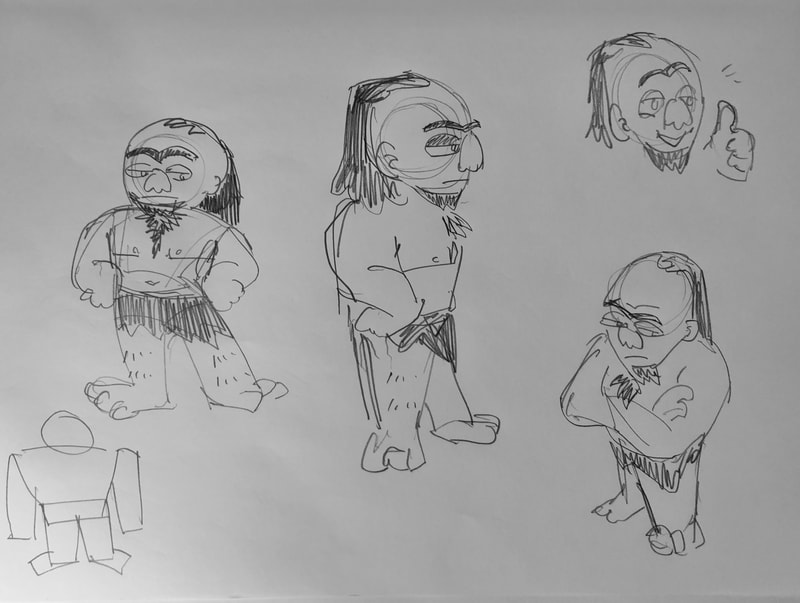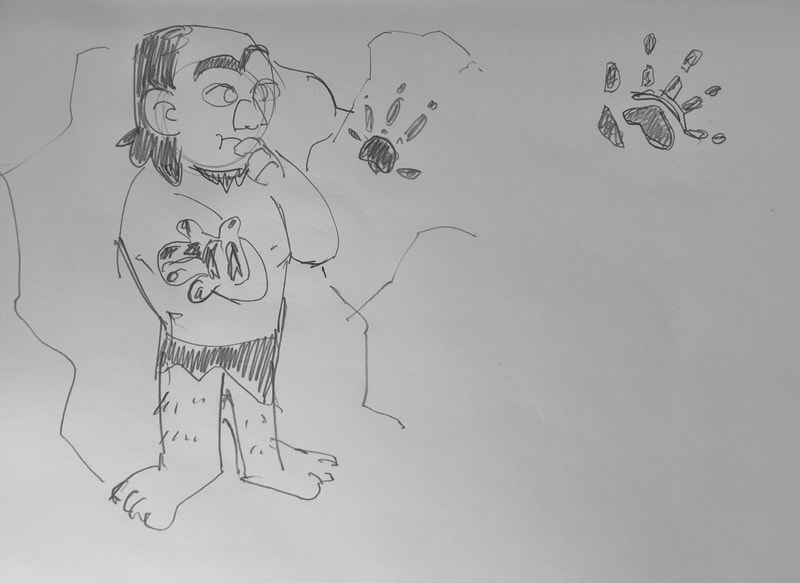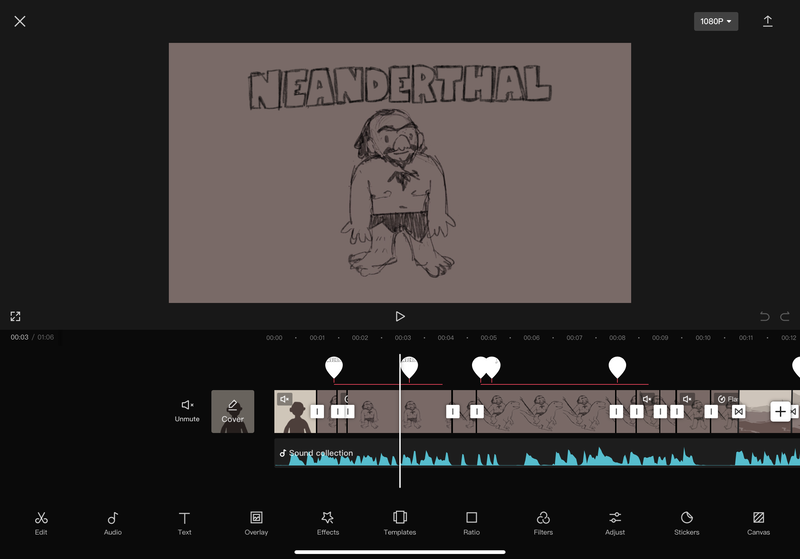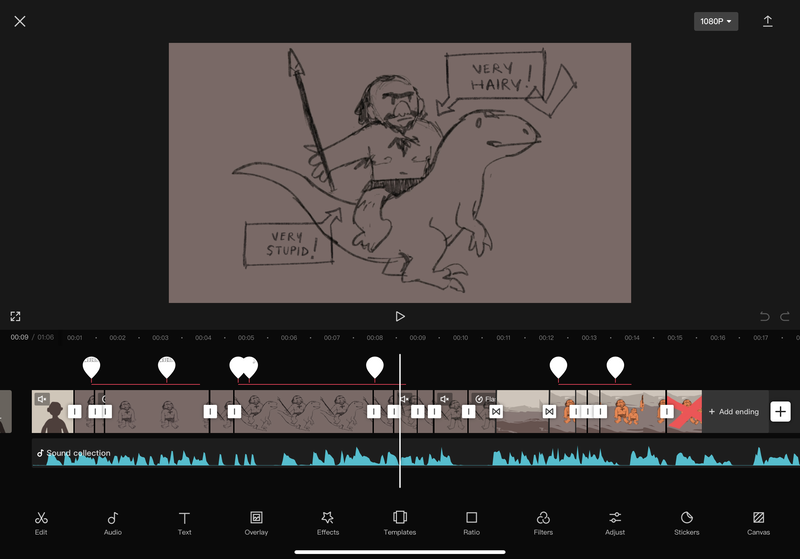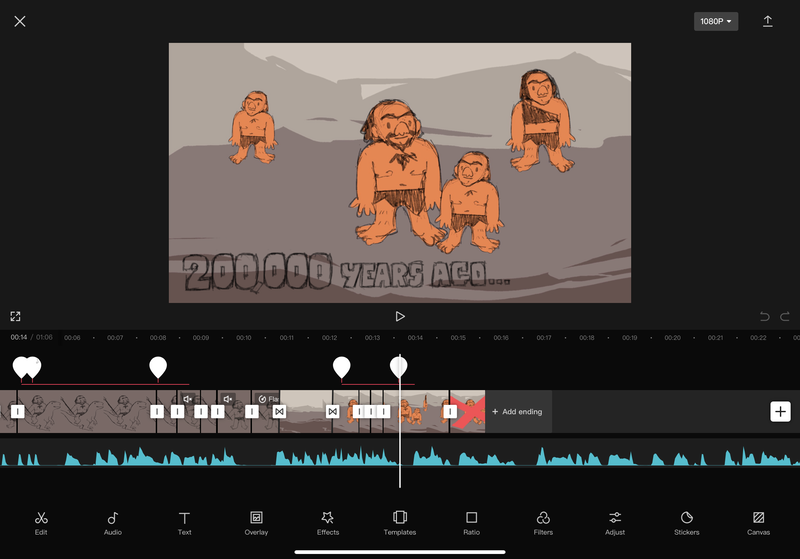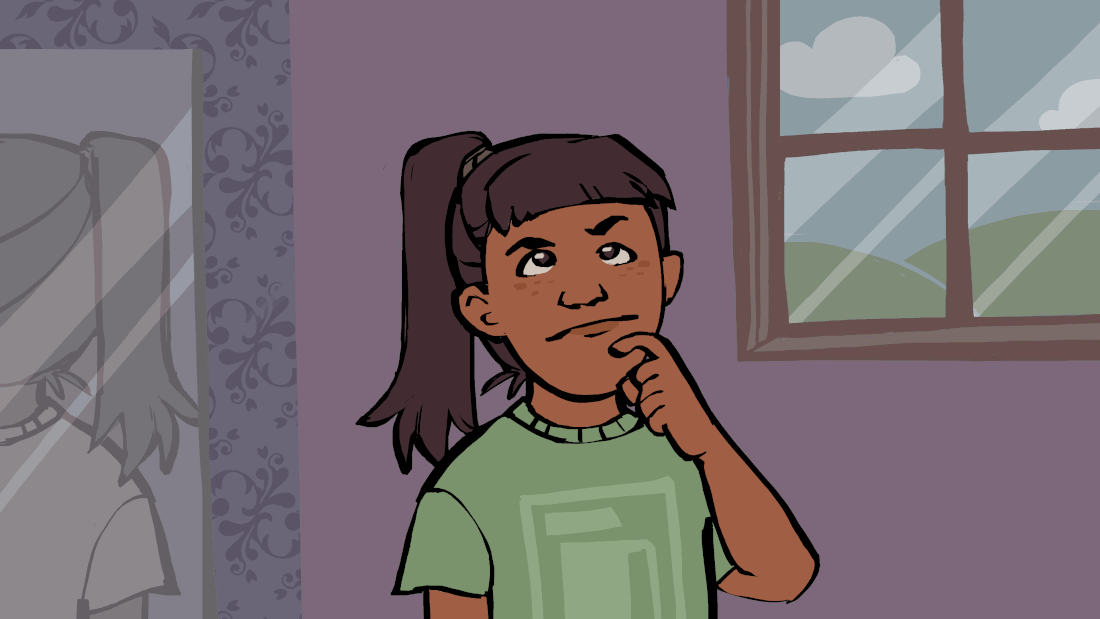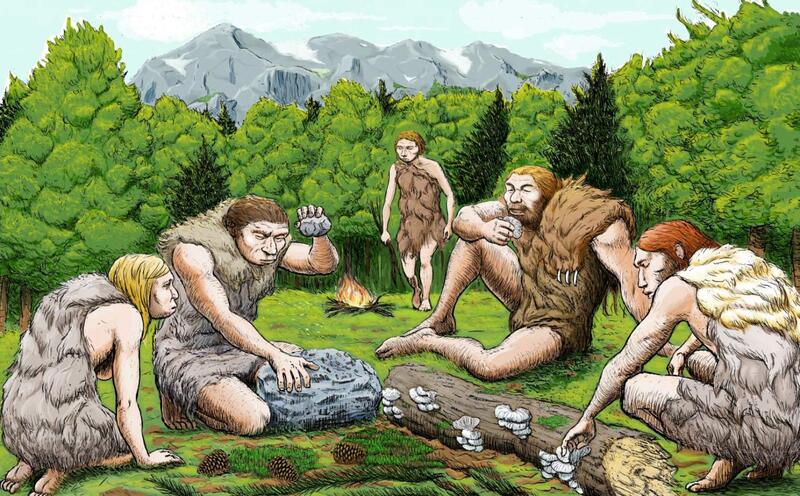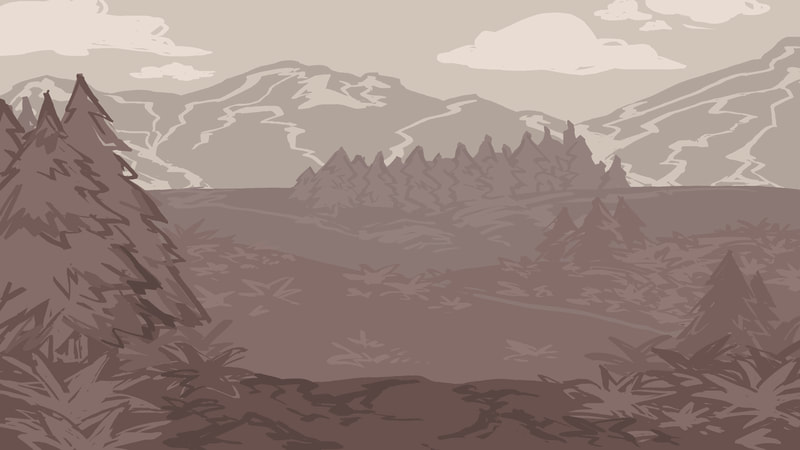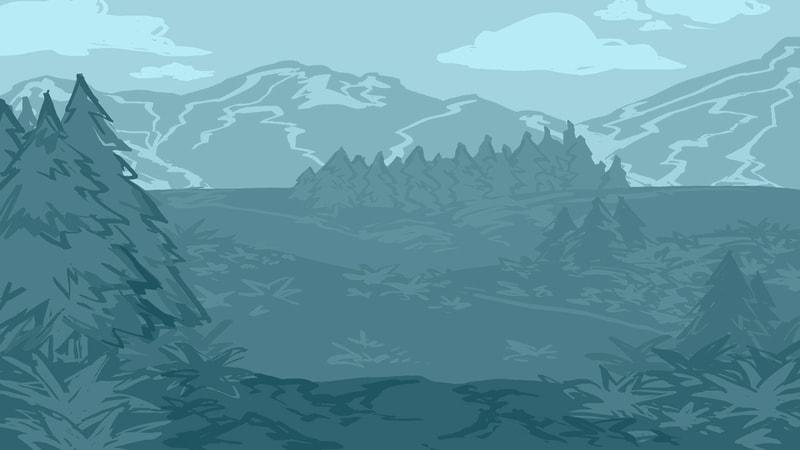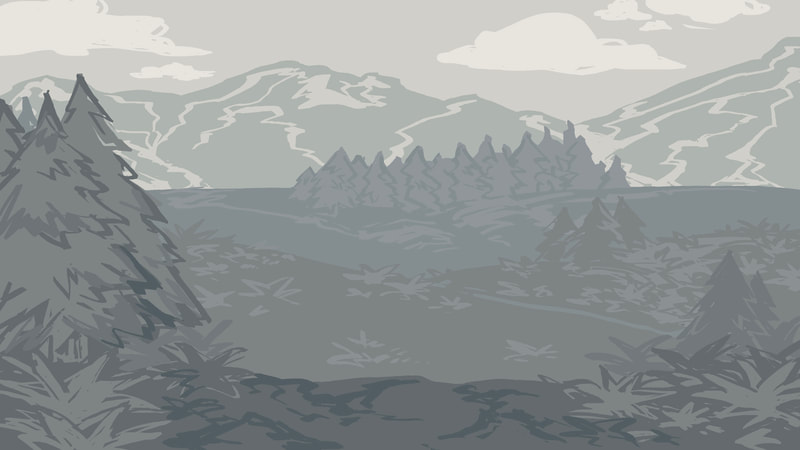My brief was to design and produce a one-minute ‘informative’ animation that engagingly and entertainingly explains a subject to an audience. My chosen subject was “Neanderthals”.
- How do I sequence my selected material?
- What information is best communicated through imagery?
- What information is best communicated through sound?
- How do I sequence my selected material?
- What information is best communicated through imagery?
- What information is best communicated through sound?
RESEARCH - Neanderthals
On early life and other members of the homo genus:
|
|
|
On Neanderthals:
|
|
|
|
|
|
|
|
|
Websites with summarised facts:
Some diagrams and imagery:
SCRIPT
I did not want to record this script myself as I do not like my voice and would find it very distracting and difficult to work with so I decided to get in touch to commission one of my contacts on social media who records their voice for various purposes (like poetry reading) and they agreed to read and record this script for me to use with my animation. I will send the script to them and they will send the audio file back to me within a few days.
VERSION 1 - (The ideal version, but much too long)
- START -
When we think of Neanderthals we tend to think of primitive "cavemen". A bunch of stupid, much hairier, humans who lived a long time ago and probably waved spears around or rode on the backs of dinosaurs.
While they were definitely hairy and sometimes did wave spears around, there's a lot about our idea of these "cavemen" that is far from the truth.
Neanderthals first popped up around 200,000 years ago, a long time after the dinosaurs had already died out. The closest they got to dinosaurs were animals like the Wooly mammoth (which they sometimes hunted) and sabre-toothed tigers (which sometimes hunted them). And they were not quite human beings. Certainly not like you and me. Or Mark.
Mark is a modern human (scientists call us Homo sapiens). Shanidar is a Neanderthal. As you can see, they have a lot in common. They both love and care for their families. They both enjoy painting. And they both enjoy eating tasty food. Mark and Shanidar could walk past each other on the street and not realise they belonged to two different species.
However, if they stopped to chat, the differences would become obvious. Shanidar hasn’t got the equipment in his throat or his brain to be able to speak with words and sentences like Mark. Shanidar’s huge brain is able to memorise all the places he has been in his head so he never gets lost, whereas Mark often forgets where he put his house keys [short pause] (in a pretend whisper) they’re in your back pocket, Mark.
There’s also the fact that Shanidar actually died at around 35-45 years old, whereas Mark is 50 and still hasn’t gotten his pension yet. But life was a lot tougher about 40,000 years ago when Shanidar was actually alive, and his shorter, stockier body and bigger nose was perfect for surviving the colder temperatures and the demanding physical activity.
If Mark took a time machine to Shanidar’s time, he’s probably keel over and die at 35, too. Thankfully, time machines don’t exist.
What Mark and Shanidar don’t know, is that they could actually be related. Mark could be Shanidar’s great great great great greatgreatgreatgreat GREAT grandson. Because although Shanidar isn’t a human like Mark, there were Homo sapiens like Mark who lived at the same time as Shanidar. At first they lived very far apart but Mark’s great great great great greatgreatgreatgreat GREAT grandma could have been one of the first humans to move in next door to the Neanderthals, meet them and end up falling in love. The rest, as they say, is history.
- END -
When we think of Neanderthals we tend to think of primitive "cavemen". A bunch of stupid, much hairier, humans who lived a long time ago and probably waved spears around or rode on the backs of dinosaurs.
While they were definitely hairy and sometimes did wave spears around, there's a lot about our idea of these "cavemen" that is far from the truth.
Neanderthals first popped up around 200,000 years ago, a long time after the dinosaurs had already died out. The closest they got to dinosaurs were animals like the Wooly mammoth (which they sometimes hunted) and sabre-toothed tigers (which sometimes hunted them). And they were not quite human beings. Certainly not like you and me. Or Mark.
Mark is a modern human (scientists call us Homo sapiens). Shanidar is a Neanderthal. As you can see, they have a lot in common. They both love and care for their families. They both enjoy painting. And they both enjoy eating tasty food. Mark and Shanidar could walk past each other on the street and not realise they belonged to two different species.
However, if they stopped to chat, the differences would become obvious. Shanidar hasn’t got the equipment in his throat or his brain to be able to speak with words and sentences like Mark. Shanidar’s huge brain is able to memorise all the places he has been in his head so he never gets lost, whereas Mark often forgets where he put his house keys [short pause] (in a pretend whisper) they’re in your back pocket, Mark.
There’s also the fact that Shanidar actually died at around 35-45 years old, whereas Mark is 50 and still hasn’t gotten his pension yet. But life was a lot tougher about 40,000 years ago when Shanidar was actually alive, and his shorter, stockier body and bigger nose was perfect for surviving the colder temperatures and the demanding physical activity.
If Mark took a time machine to Shanidar’s time, he’s probably keel over and die at 35, too. Thankfully, time machines don’t exist.
What Mark and Shanidar don’t know, is that they could actually be related. Mark could be Shanidar’s great great great great greatgreatgreatgreat GREAT grandson. Because although Shanidar isn’t a human like Mark, there were Homo sapiens like Mark who lived at the same time as Shanidar. At first they lived very far apart but Mark’s great great great great greatgreatgreatgreat GREAT grandma could have been one of the first humans to move in next door to the Neanderthals, meet them and end up falling in love. The rest, as they say, is history.
- END -
| neanderthals_script.pdf | |
| File Size: | 19 kb |
| File Type: | |
VERSION 2 - (Refined further, but still too long when read)
| neanderthal_script_2.pdf | |
| File Size: | 17 kb |
| File Type: | |
I had the narrator record the audio for this version of the script so that I could edit and cut it down later to see which parts worked best.
FINAL VERSION
| neanderthals_final_script.pages | |
| File Size: | 257 kb |
| File Type: | pages |
STORYBOARD
First pass to get basic ideas down.
VISUAL STYLE
I began experimenting with the look I wanted for my animation. Flat colours and simple shapes are easier to animate so I wanted to keep a limited colour palette and lineless style, also inspired by some of the “infographic” animated YouTube videos I watched while gathering research for the topic. In addition, I needed both my Human and Neanderthal designs to be easily recognisable and distinguishable from one another while on screen.
The Flintstones
A iconic visual representation of “cavemen”.
I began looking at “rubber hose” style animation (both original and contemporary examples) as I am very inspired by the incredible understanding of movement and the use of shape language in the character designs.
Max Fleischer
Cuphead
I talked to Dwayne during an tutorial and he advised to keep a focus on my own voice and style.
ANIMATIC / ROUGH ANIMATION
First I put the sound into my editing app (CapCut) and used very rough drawings based off the storyboard thumbnails to get everything timed correctly and cut out parts of the audio and add sound effects.
I then began refining each section individually and exporting them as mp4 files with the frame rate I wanted.
I decided to seperate the "real" and "imaginary" sections in the video through both style and colour. The clips featuring the narrator girl would be more fully-coloured and feature a wider spectrum of colours whereas her "imagination" scenes would have simple (if not completely blank) void backgrounds and also have a very limited colour palette of just 1 colour per subject.
For one of the frames, I needed a background that would communicate the Neanderthals' natural habitat but still work with my simplified style in the "imaginary" space. I wanted to try different versions of the colour palette because I wanted to keep the muted colours but also communicate that they lived in a cold environment.
For one of the frames, I needed a background that would communicate the Neanderthals' natural habitat but still work with my simplified style in the "imaginary" space. I wanted to try different versions of the colour palette because I wanted to keep the muted colours but also communicate that they lived in a cold environment.
I experimented with stylisation and keeping a consistent code of characters.
FINAL ANIMATION
Site powered by Weebly. Managed by 34SP.com
